Capoeira: a martial art and a cultural tradition is a logically organized and nicely illustrated book for young readers aged 12+, in the seventh grade and up.
Capoeira demands reflexes and wits. It is an ancient activity in Brazil. It is recognized as a new activity worldwide, particularly in the United States of America.
Capoeira’s original and present manifestations are discussed in Capoeira, written by Jane Atwood and published by Rosen Publishing Group, Inc. in 1999. The book forms part of the publisher’s Library of African American Arts and Culture series. Other titles include:
- African American Quilting: The warmth of tradition and Kwanzaa! Africa lives in a new world festival by Sule Greg Wilson;
- Blues: its birth and growth by Howard Elmer;
- Jam! The story of jazz music by Jeanne Lee;
- Jazz Tap: From African drums to American feet by Anne E. Johnson;
- Rap and Hip Hop: The voice of a generation by Sherry Ayazi-Hashjin; and
- The African American Kitchen: Food for body and soul by George Erdosh.
The first of six chapters defines capoeira as a martial art dance-, music-, play-, and theater-like in entertainment. Capoeira imparts philosophy and self-defense. It ultimately is a life-affirming ritual whose origins are unknown.
Chapter 2 considers capoeira’s history. It is suggested that capoeira originated as an African Brazilian slave dance. Capoeira’s evolution may have been influenced by cultural memories of N’golo (Angola’s ancient puberty “dance of the zebras”) and sanga (ancient sword dance). It particularly was practiced on quilombos (communities of escaped slaves) in Brazil.
Capoeira endures despite sixteenth through twentieth-century opposition from government officials and plantation owners. It honors three practitioners, whose biographies are given in Chapter 6:
- Mestre Besouro (Manoel Enrique Pereira, 1895-1924) is honored in capoeira chants;
- Mestre Bimba (Manuel dos Reis Machado, 1899-1974) is memorialized for founding batuque-influenced (“sudden attack”) capoeira regional;
- Mestre Pastinha (1889-1981) is remembered for founding tradition-bound capoeira Angola.
Capoeira triumphs nowadays as a Brazilian Boxing Federation-regulated sport (1972-) and an Olympic sport (2004-).
Chapters 3 and 4 explain capoeira’s musicality. Music includes participants chanting in a circle within which practitioners interact. It also involves the rhythms of the:
- atabaque (conga drum);
- berimbau (bow with gourd); and
- pandeiro (tambourine).
It signals how capoeiristas (capoeira players) move, as identified in Chapter 6:
- cartwheels;
- dodges;
- swings; and
- takedowns.
Capoeira is a marvelously elucidating book to which readers of all ages will want permanent access, to learn and review the African American expression of African Brazil’s martial art, dance and game.


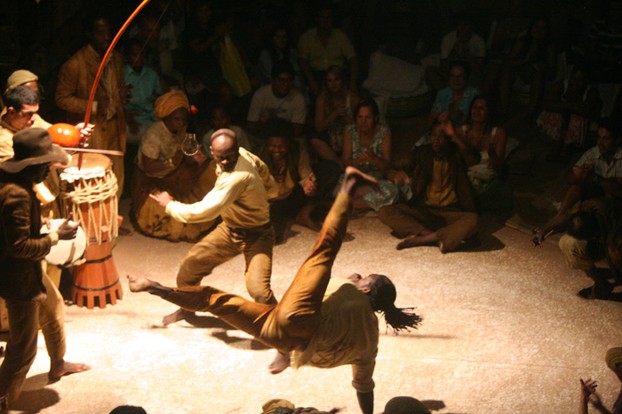
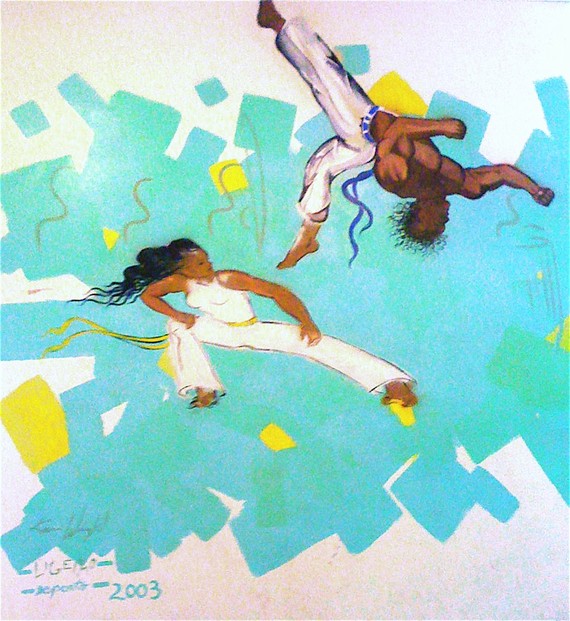
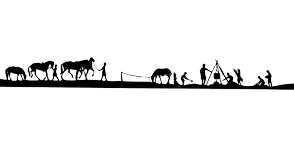



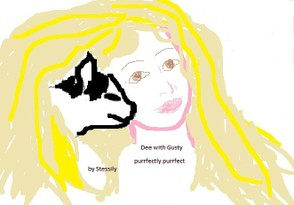
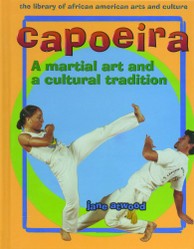

 Are Hawaiian Huakai Po Nightmarchers Avenging Halloween Thursday?on 10/02/2024
Are Hawaiian Huakai Po Nightmarchers Avenging Halloween Thursday?on 10/02/2024
 Mailing Addresses for 2023 Form 4868 Extending 1040 and 1040SR April 15, 2024, Due Dateon 04/15/2024
Mailing Addresses for 2023 Form 4868 Extending 1040 and 1040SR April 15, 2024, Due Dateon 04/15/2024
 Mailing Addresses for 2023 Forms 1040 and 1040SR Filed in 2024on 04/15/2024
Mailing Addresses for 2023 Forms 1040 and 1040SR Filed in 2024on 04/15/2024
 Mailing Addresses for 2022 Form 4868 Extending 1040 and 1040SR April 18, 2023, Due Dateon 04/13/2023
Mailing Addresses for 2022 Form 4868 Extending 1040 and 1040SR April 18, 2023, Due Dateon 04/13/2023

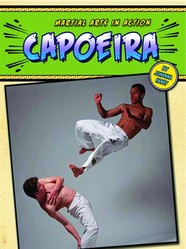
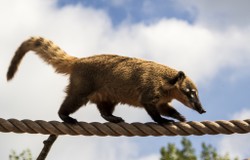
Comments